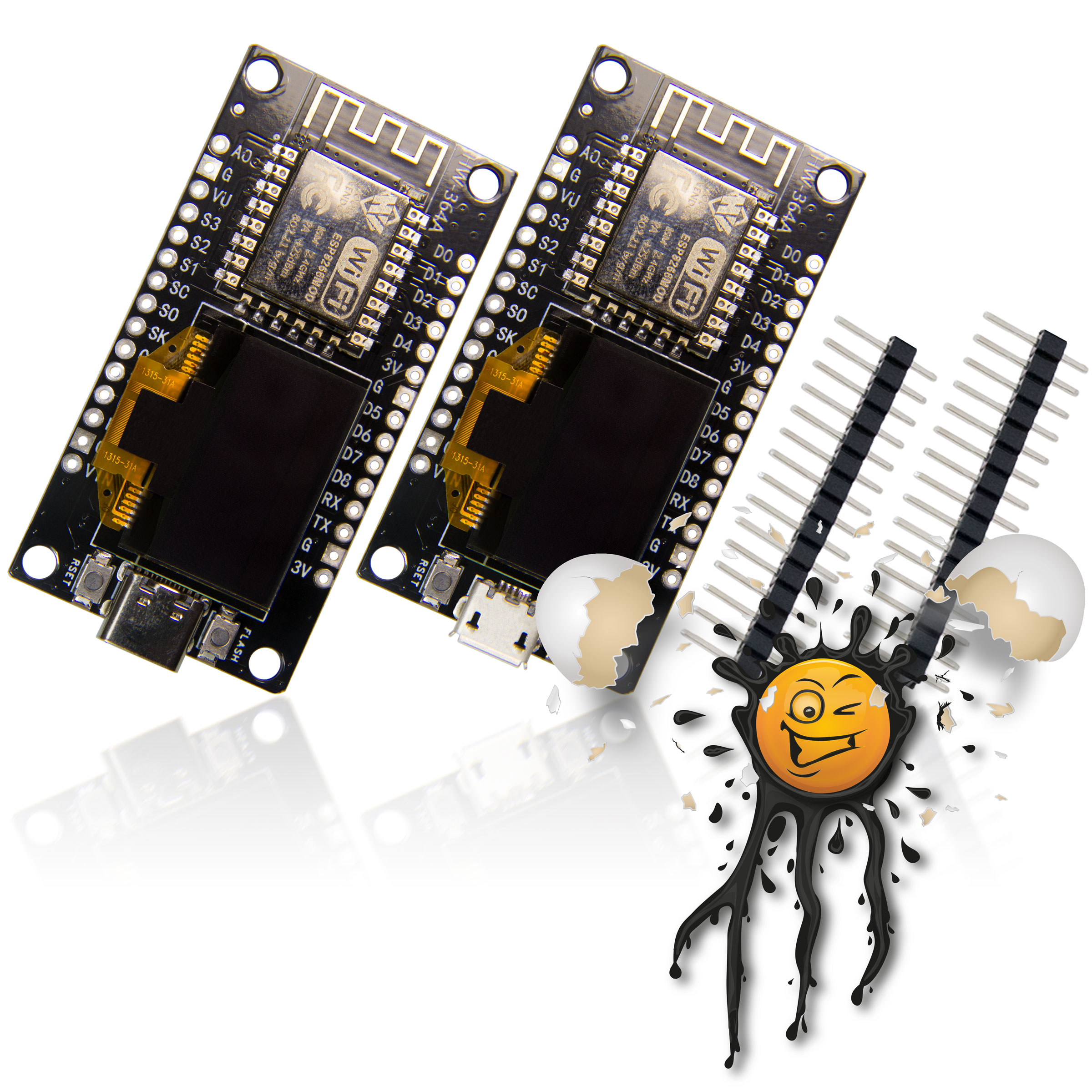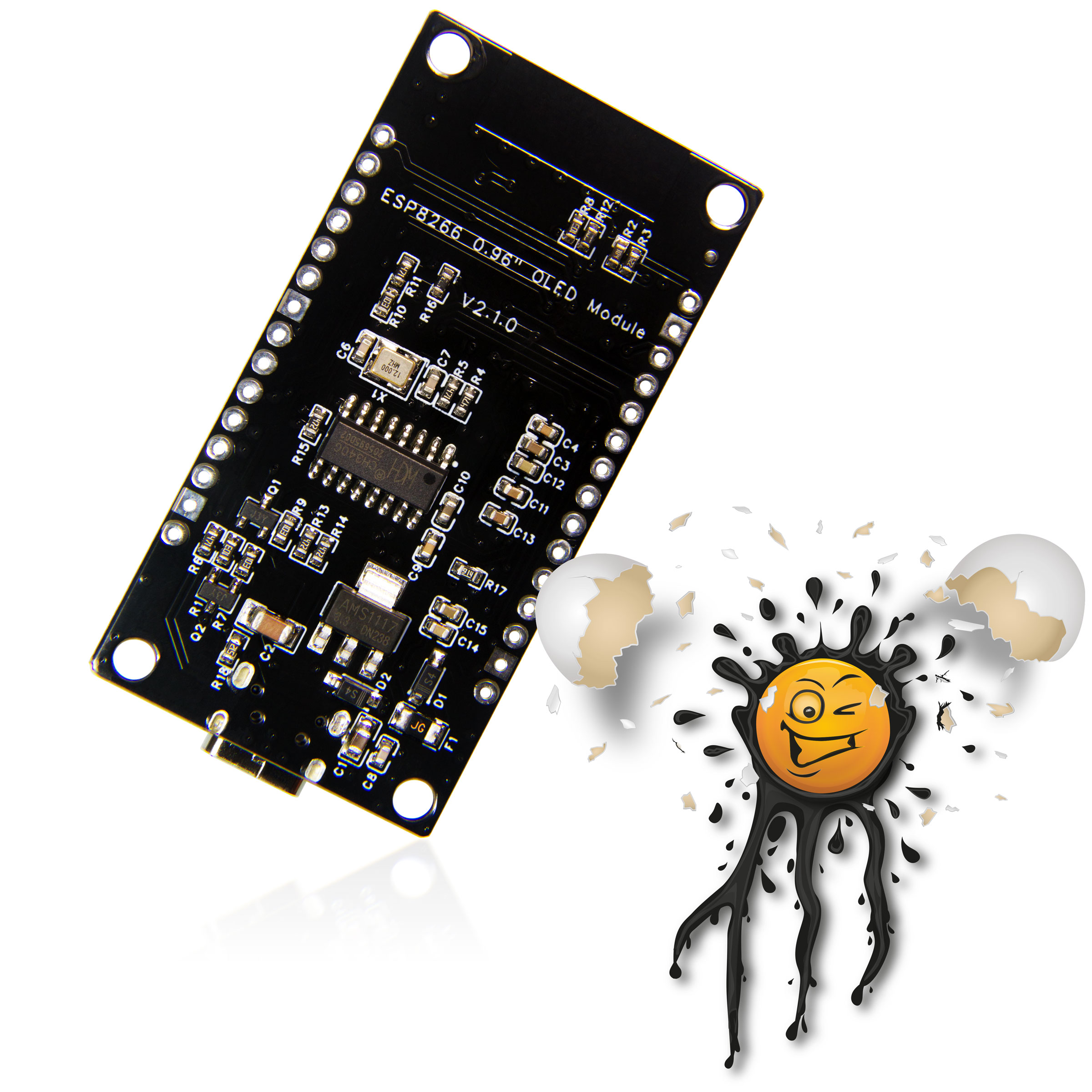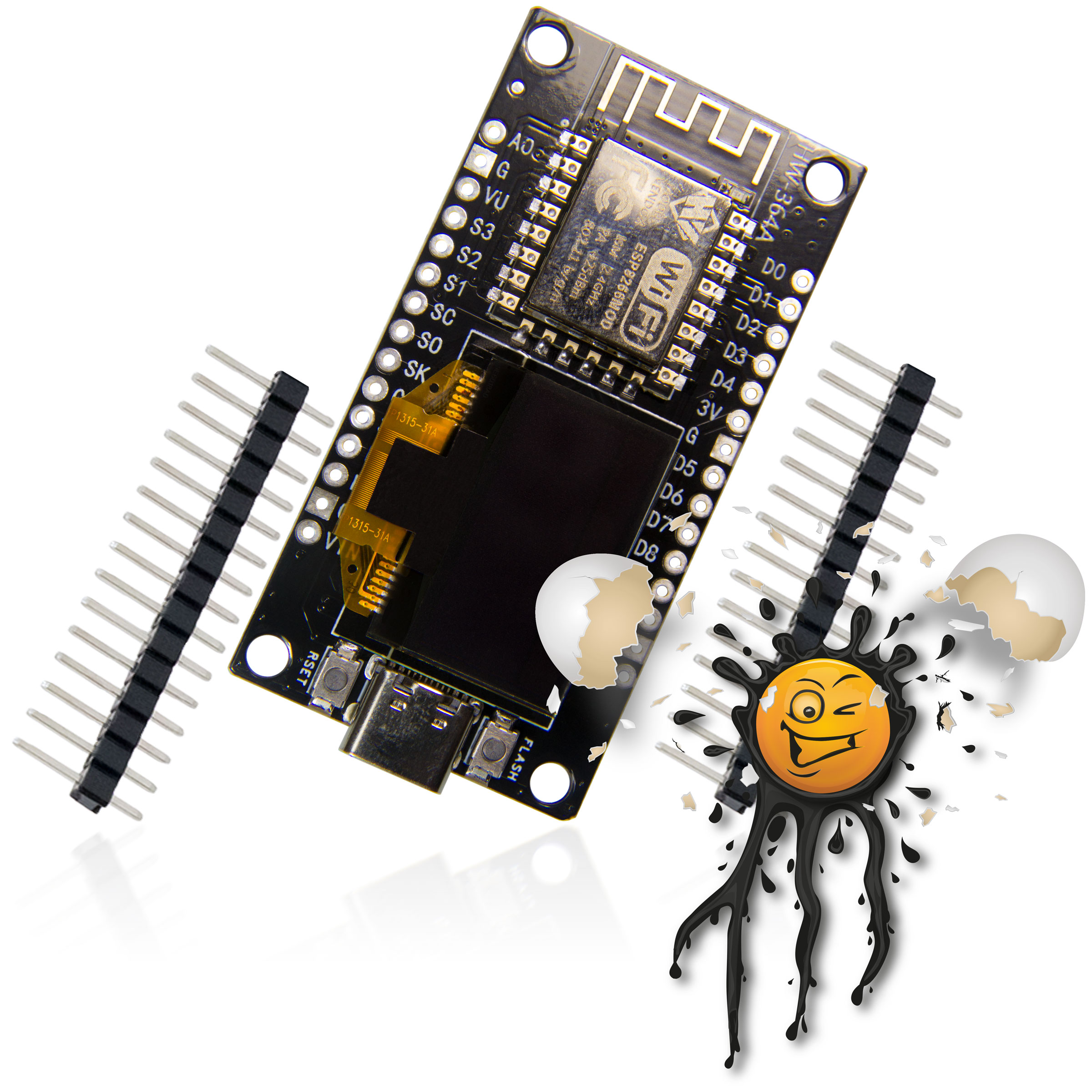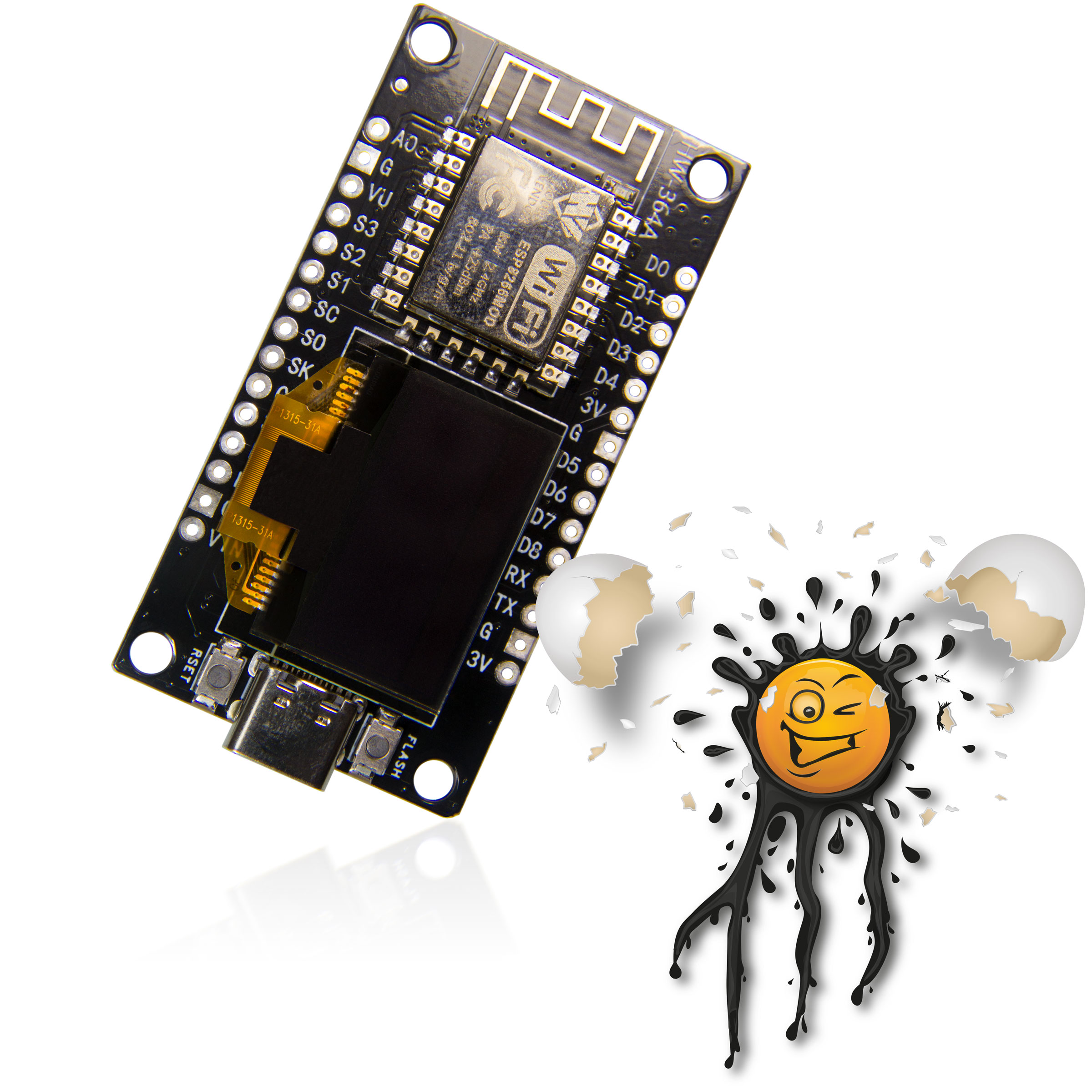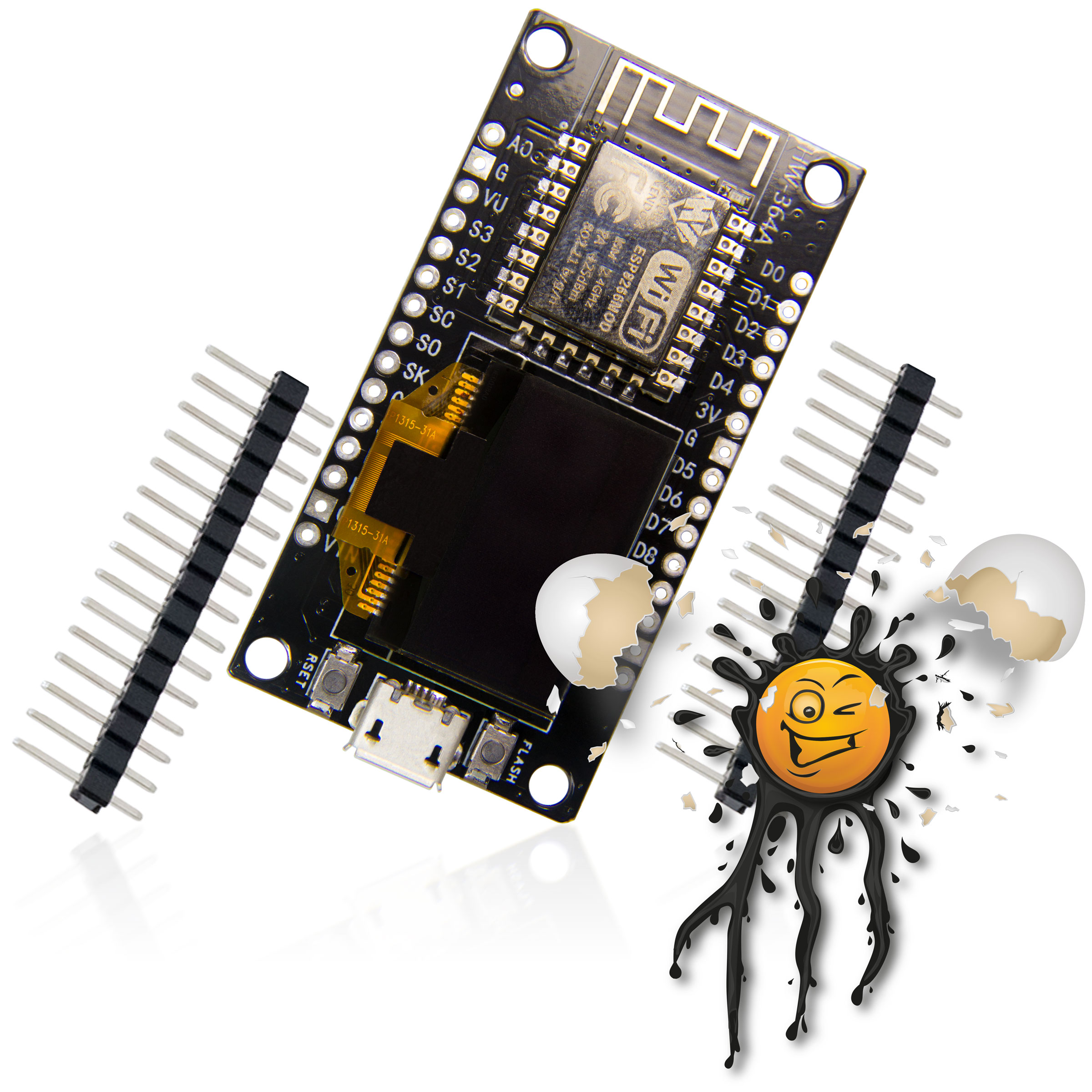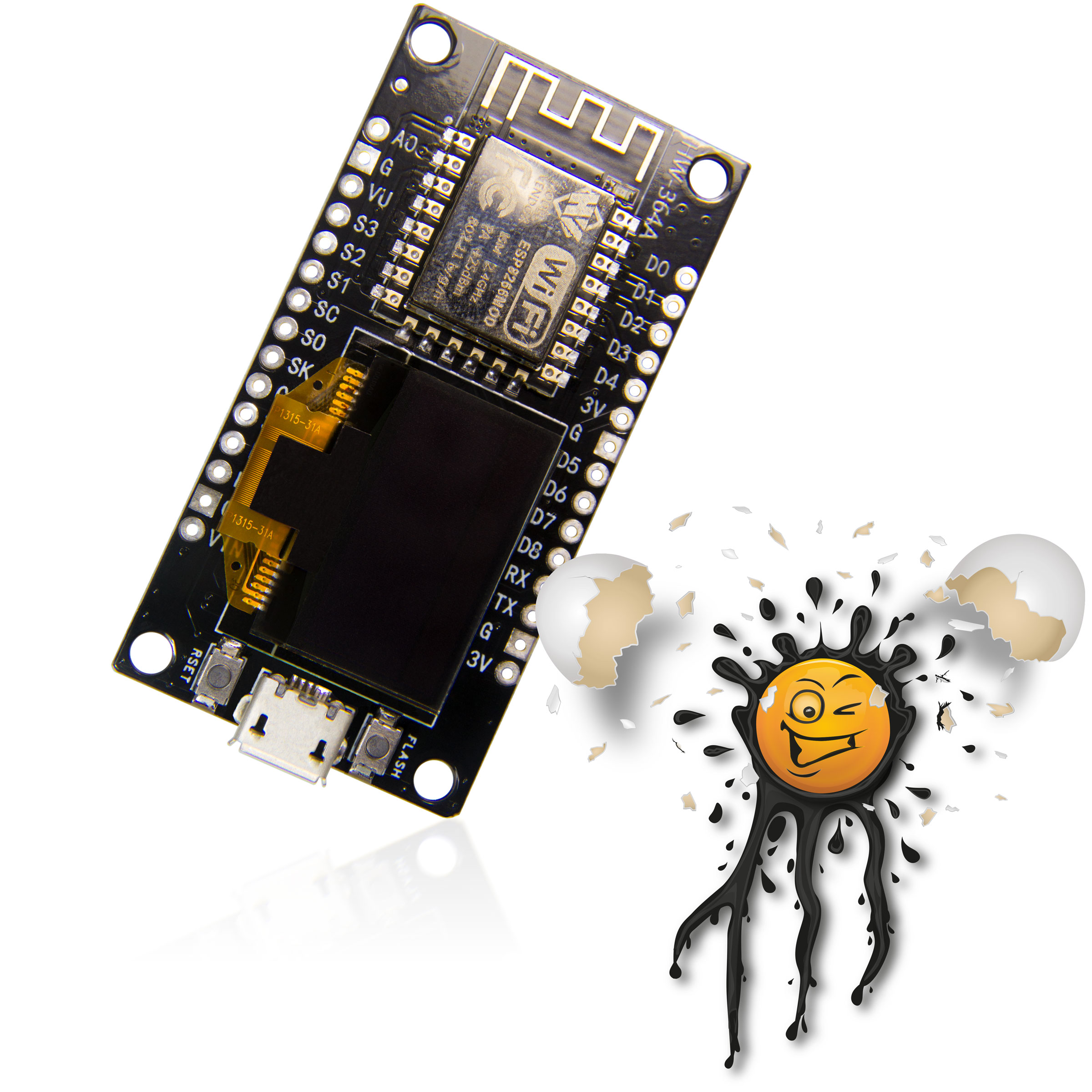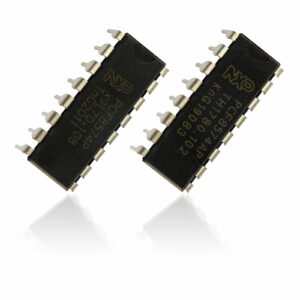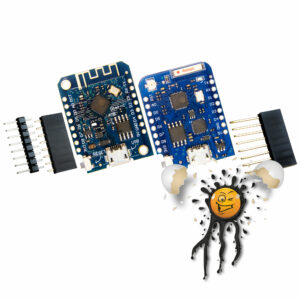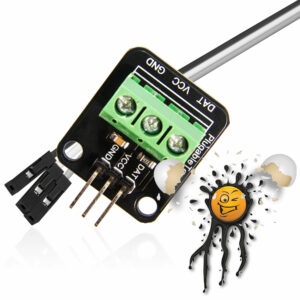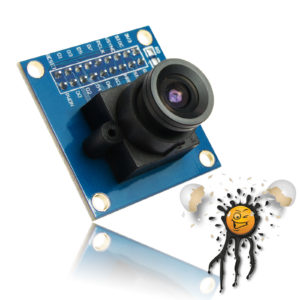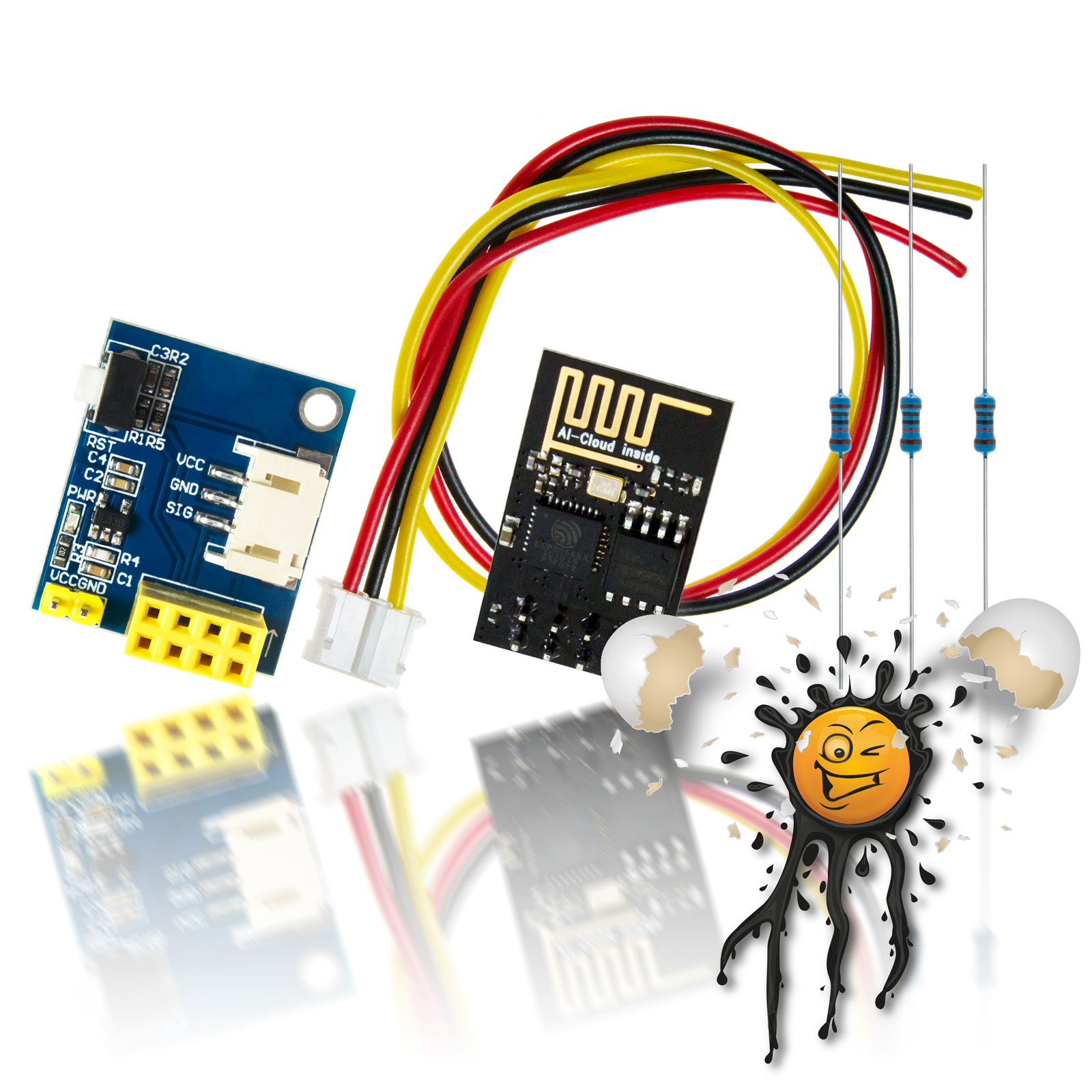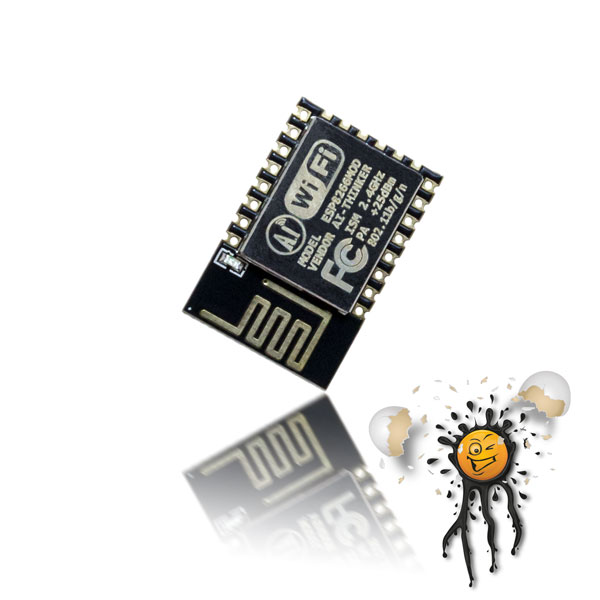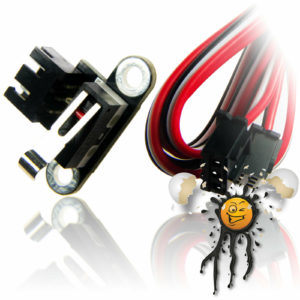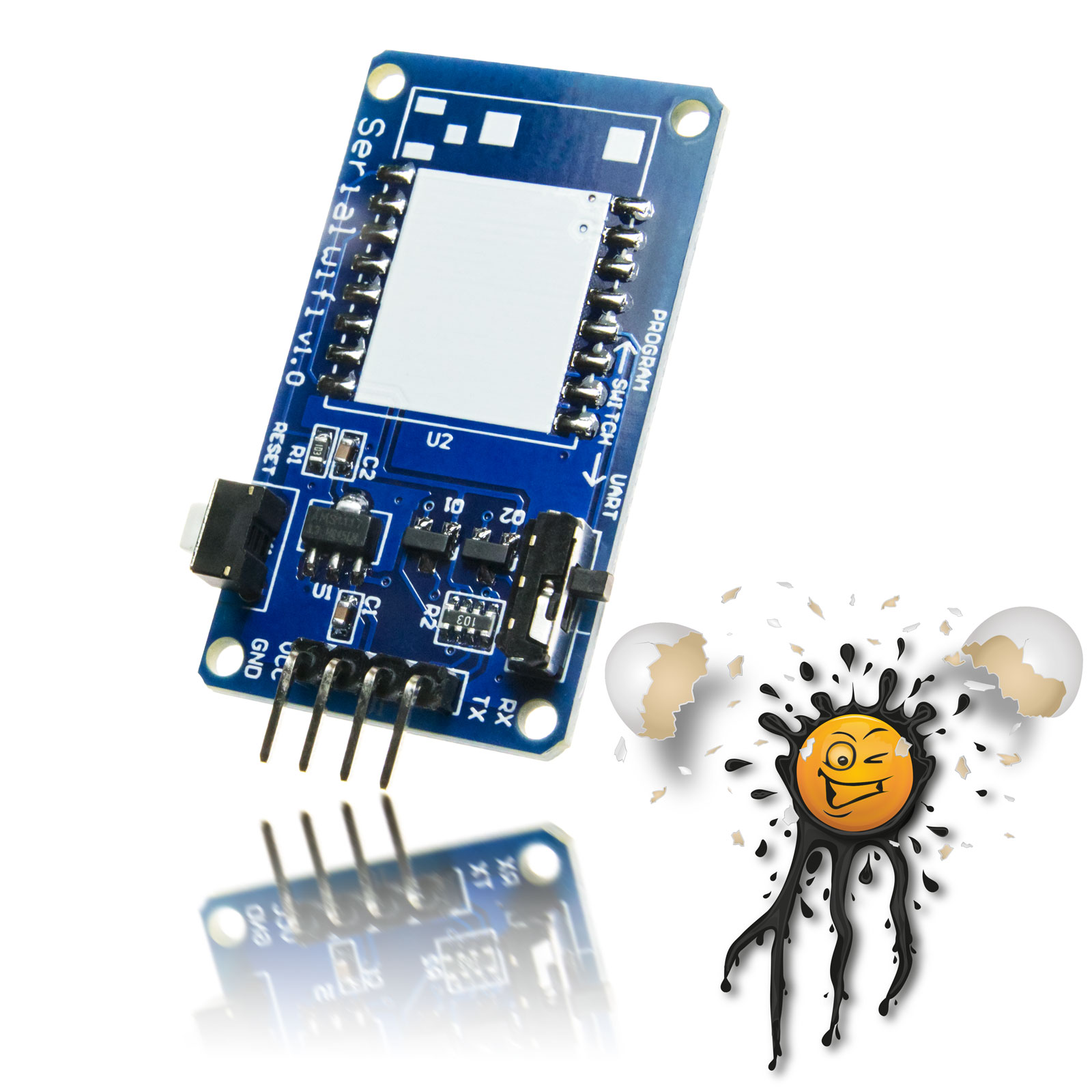Beschreibung
NodeMCU ESP8266 ESP-12F + 0,96 SSD1306 I2C 2-color Display Linux Win OS X Entwickler Development Board |
||||
|
ESP8266 NodeMCU + 2-color 0.96 I2C Display Development Kit © androegg
ESP8266 NodeMCU + 2-color 0.96 I2C Display USB-C Socket © androegg
ESP8266 NodeMCU + 2-color 0.96 I2C Display USB-Micro Socket © androegg
ESP8266 NodeMCU + 2-color 0.96 I2C Display Board CH340 USB TTL Converter © androegg
|
Das NodeMCU 0.96 Display Board ist wie folgt verfügbar:
Der Lieferumfang umfasst:
Das NodeMCU Display Entwicklerboard basiert auf dem ESP8266EX von Espressif in Kombination mit dem 0.96 SSD1306 I2C OLED Display. Ferner verfügt das ESP8266 Display Board über
Das zweifarbige (gelb / blau) 0.96 Display basiert auf dem SSD1306 I2C Display Treiber und unterstützt eine Vielzahl von IDE’s. Die I2C Schnittstelle für das Display ist wie folgt an den ESP8266 angebunden:
ESP8266 NodeMCU 0.96 Display Board
Neben den typischen Schnittstellen wie beispielsweise
verfügt das NodeMCU Display Entwickler Board über einen integrierten USB TTL / serial Konverter basierend auf dem CH340 um eine direkte serielle Verbindung über USB herzustellen. Zur Inbetriebnahme muss das NodeMCU Development Board lediglich mit einer freien USB Schnittstelle verbunden werden. Neben der Datenkommunikation erfolgt zusätzlich die Spannungsversorgung über die integrierte Micro USB Schnittstelle. Im Vergleich zu typischen ESP8266 Modulen erfolgt sowohl der Flash Modus als auch ein erforderliches Reset komfortabel mittels Tastendruck. Ein umständliches Brücken des GPIO0 unter zuhilfenahme von Widerständen ist hier nicht notwendig. |
The NodeMCU 0.96 Display Development Board available in 2 Versions
The WeMos NodeMCU Develoment Board incl.
The NodeMCU ESP8266 Display Board is based on Espressif’s ESP8266EX MCU in Combination with 0.96 SSD1306 OLED Display. The ESP8266 Display Board has
The 2 color (yellow / blue) 0.96 Display is based on SSD1306 I2C display driver and supports a wide range of IDE’s. The I2C Interface of the 0.96 Display is connected to
ESP8266 NodeMCU0.96 Display Board
Besides typical Interfaces such as
the NodeMCU Display Devolpment Board has also an integrated USB TTL / serial Converter, based on CH340 to enable a serial connecteion directly thru USB interface. Compared to typical ESP8266 Module there is no need connecting GPIO thru resistors to GND for Flashing nor Reset, simply press integrated FLASH or RST Button.
|
||
NodeMCU Display Board Features:
|
||||

